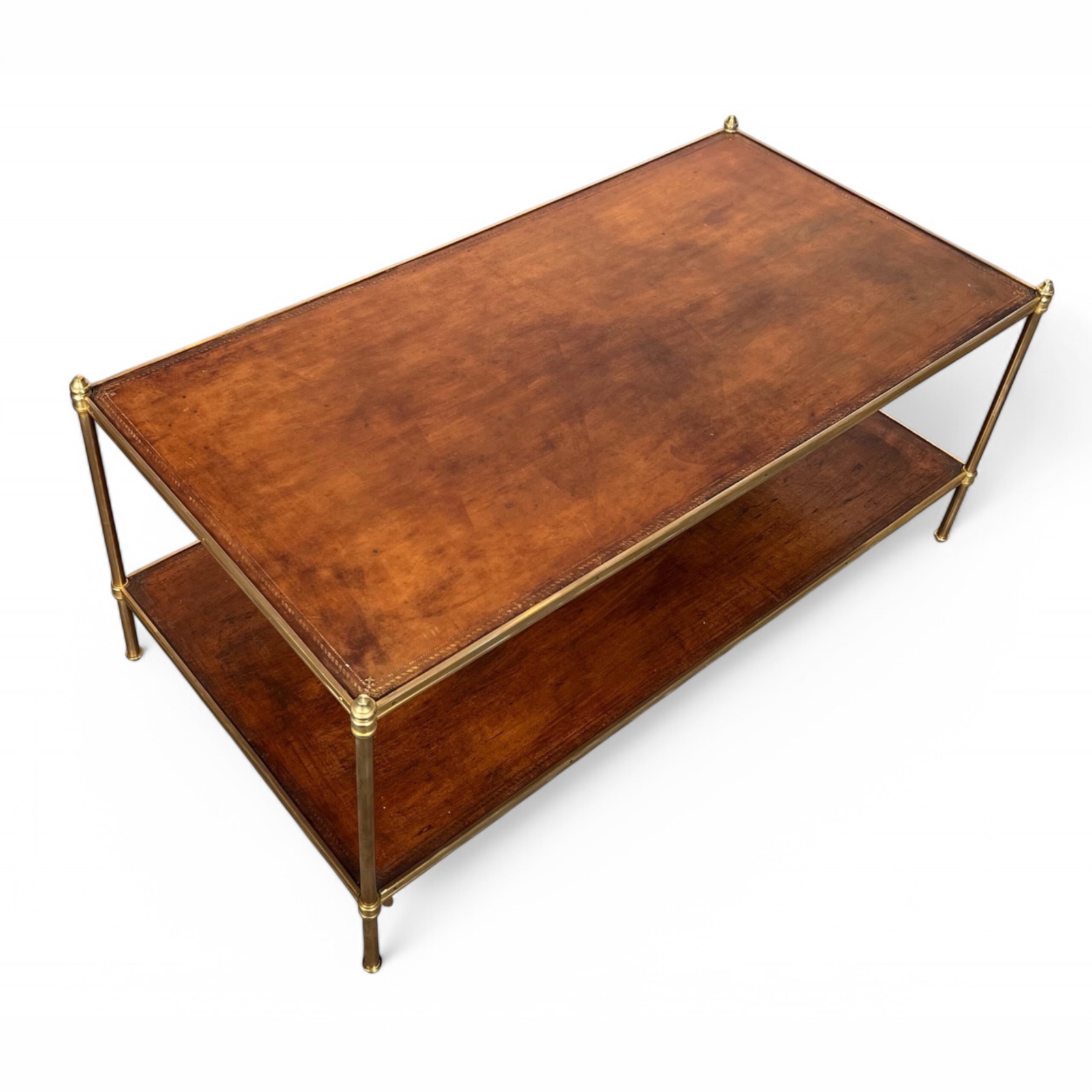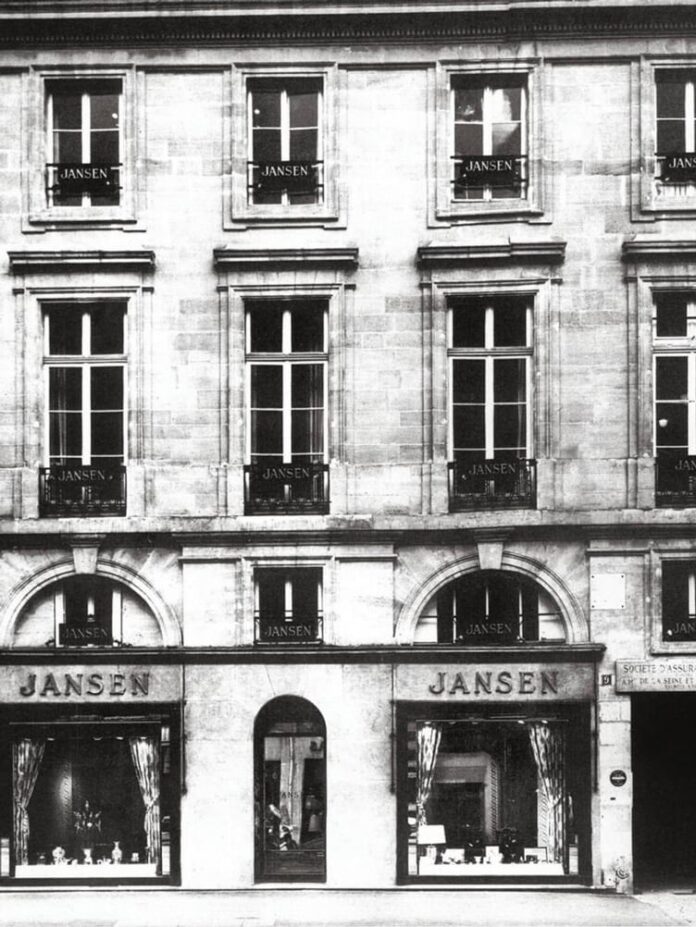Maison Jansen is a name that evokes timeless elegance, exceptional craftsmanship, and a profound impact on interior design. Established in Paris in 1880, this prestigious design house became synonymous with luxury and sophistication. Its legacy continues to inspire collectors, designers, and enthusiasts worldwide. From royal residences to iconic modern interiors, Maison Jansen exemplified the pinnacle of French style and its adaptability to changing tastes over nearly a century.
The Founding of Maison Jansen
Maison Jansen was founded by Dutch-born Jean-Henri Jansen, who brought his innovative vision to Paris. He combined traditional European styles with contemporary trends, creating interiors that were both historically informed and forward-thinking. This ability to blend classic and modern aesthetics quickly set the firm apart, attracting an elite clientele from France and beyond.
From the start, the company established itself as a full-service interior design firm. Therefore, it provided a holistic approach, offering not only furniture and decorative objects but also comprehensive design services. This allowed the firm to oversee projects from concept to completion, ensuring a cohesive and meticulously executed vision.
The Rise of an International Design Powerhouse
Maison Jansen’s reputation for excellence soon transcended French borders. Consequently, by the early 20th century, it had opened offices in major cities like London, New York, Buenos Aires, and Cairo. This global presence enabled the firm to cater to an increasingly diverse clientele, from European aristocracy to American industrialists.
One of its defining characteristics was the ability to adapt to the cultural and stylistic preferences of its clients. While its designs often featured a French sensibility, it was equally adept at incorporating elements from other traditions, such as English Regency, Italian Renaissance, and Egyptian Revival. This adaptability made the firm a favorite among clients with eclectic tastes and a desire for highly personalized interiors.
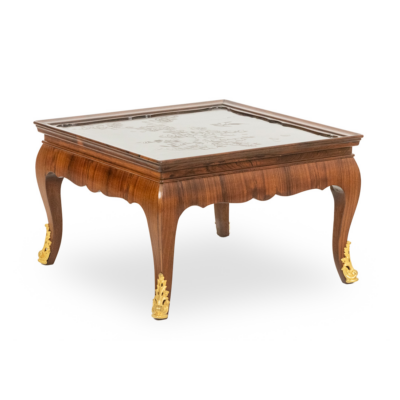

Maison Jansen’s originality lay in its ability to bridge two seemingly opposing design philosophies. On one hand, the firm was deeply invested in crafting precise reproductions of 18th- and 19th-century furniture, striving for historical accuracy. To achieve this, it actively acquired antiques available on the market and built an extensive archive of reference images, ensuring meticulous attention to detail.
At the same time, Maison Jansen embraced modern innovation, designing contemporary pieces that reinterpreted historical forms for modern living. The firm integrated influences from emerging trends of the late 19th and early 20th centuries, including Turkish style, Japonism, Art Nouveau, Art Deco, and Modernism, creating a distinctive fusion of tradition and progress.
Signature Styles and Influences
The company’s portfolio showcases its mastery of diverse design styles. While its work evolved over the decades, certain themes and characteristics remained consistent:
- Neoclassical Elegance: The firm drew inspiration from the neoclassical style, known for clean lines, symmetrical compositions, and classical motifs. Its furniture often featured luxurious materials like mahogany, brass, and marble, enhanced by intricate inlays and gilded details.
- Art Deco Sophistication: During the 1920s and 1930s, the company embraced the bold and glamorous aesthetic of Art Deco. This era saw the use of rich materials like ebony, lacquer, and shagreen, along with geometric patterns and streamlined forms.
- Eclectic Blending of Styles: The designers seamlessly combined different styles. A single interior might feature Louis XVI-inspired furniture alongside Art Nouveau lighting and eastern rugs. This eclectic approach allowed for unique, dynamic spaces tailored to each client.
- Attention to Detail: Whether designing a grand ballroom or a small sitting room, the firm’s commitment to quality was unwavering. Every element, from furniture to drapery to lighting, was meticulously chosen to create a harmonious space.
Notable Projects and Clients
The Maison Jansen client list includes royalty, political leaders, and influential cultural figures. Some of its most notable projects include:
- The White House, Washington, D.C.: In the 1960s, the firm assisted with the redesign of the White House during Jacqueline Kennedy’s tenure as First Lady. The team honored historical architecture while introducing modern elegance.
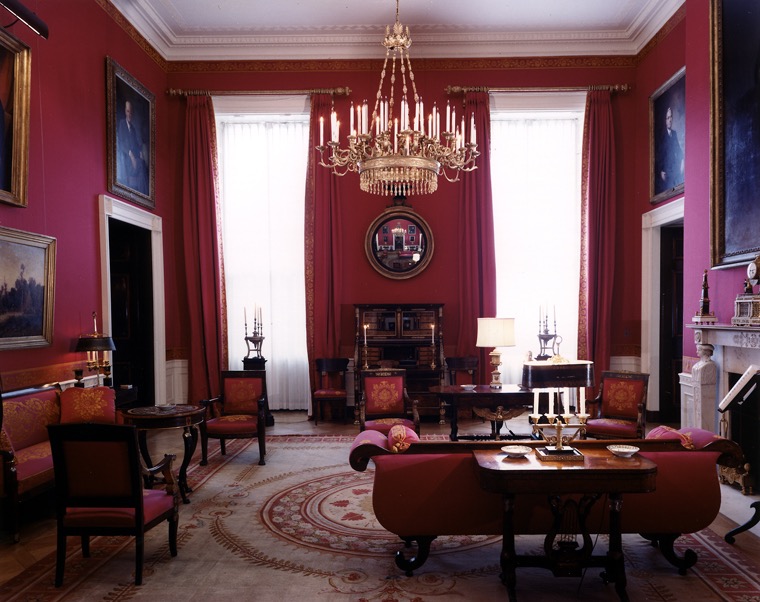

The Red Room designed by Stéphane Boudin, who became director at Maison Jansen in 1936 - Royal Residences: The designers created interiors for European royal families, including King Leopold II of Belgium and the Dutch royal family. These projects showcased expertise in crafting regal yet comfortable spaces.
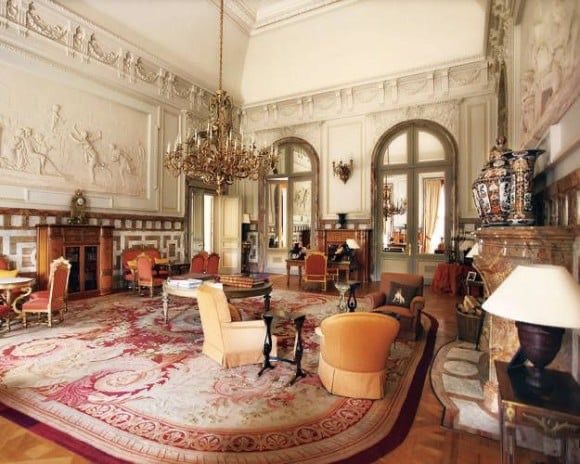

- High-Society Homes: From American mansions to South American villas, the firm’s work graced some of the most luxurious homes of the 20th century. Each project was bespoke, tailored to the client’s tastes and lifestyle.
Lasting Influence of Maison Jansen on Modern Design
Although the company ceased operations in the 1980s, its legacy endures. Many of its pieces are now highly sought after by collectors, with vintage furniture commanding premium prices at auctions and galleries.
Its influence is evident in contemporary design trends. The blending of styles, commitment to craftsmanship, and timeless interiors continue to inspire designers. Reproductions and reinterpretations of its work are widely available, allowing a new generation to experience the elegance of this iconic firm.
Collecting Maison Jansen Pieces
Furniture and decorative objects from the firm represent a valuable investment. Popular items include:
A Timeless Legacy
The enduring appeal of this firm lies in its ability to transcend trends. Whether placed in traditional or contemporary settings, its pieces exude a timeless luxury. For those seeking to add history and sophistication to their interiors, this name remains an unparalleled choice.
In conclusion, the firm’s legacy is a testament to the power of great design. Its work continues to inspire, proving that true elegance never goes out of style. From its beginnings in 19th-century Paris to its lasting impact on global design, it stands as a symbol of excellence in interior design.
